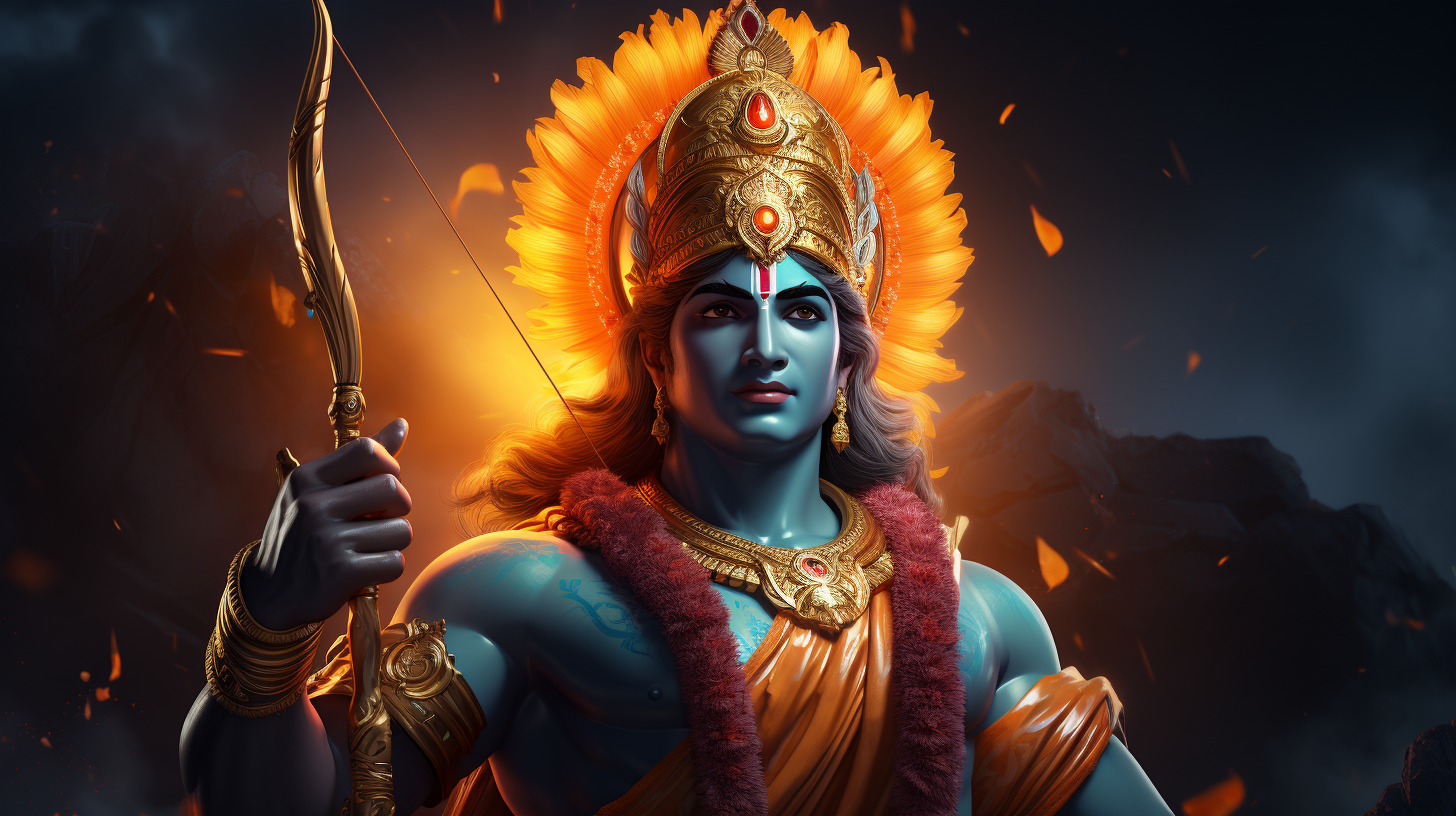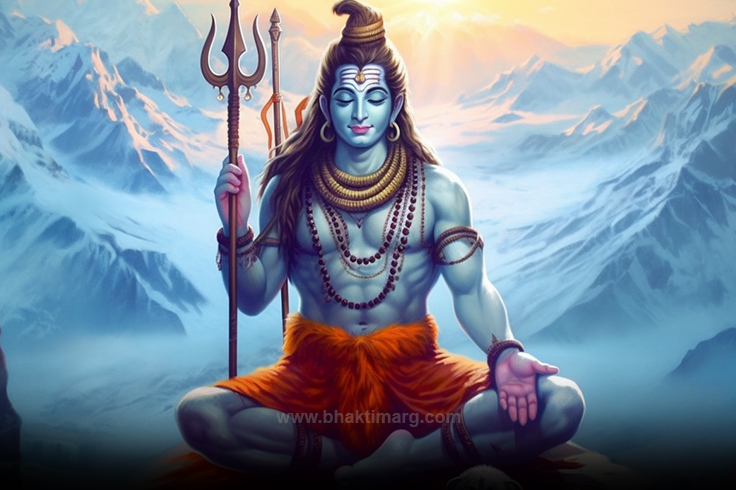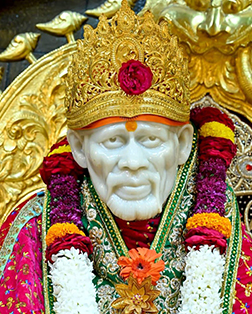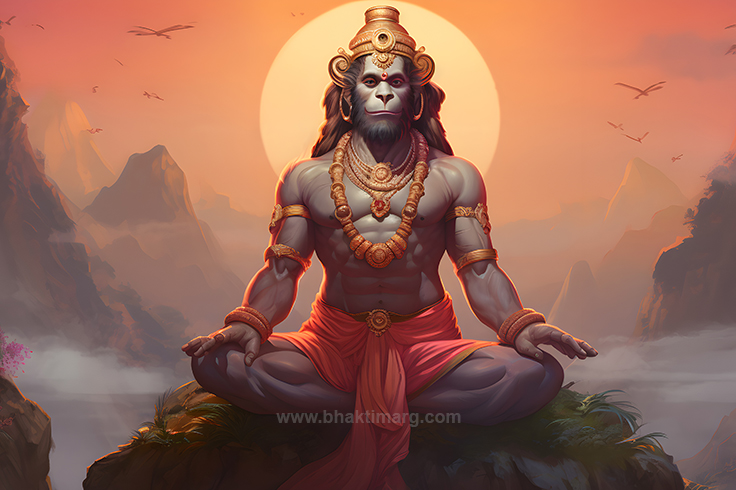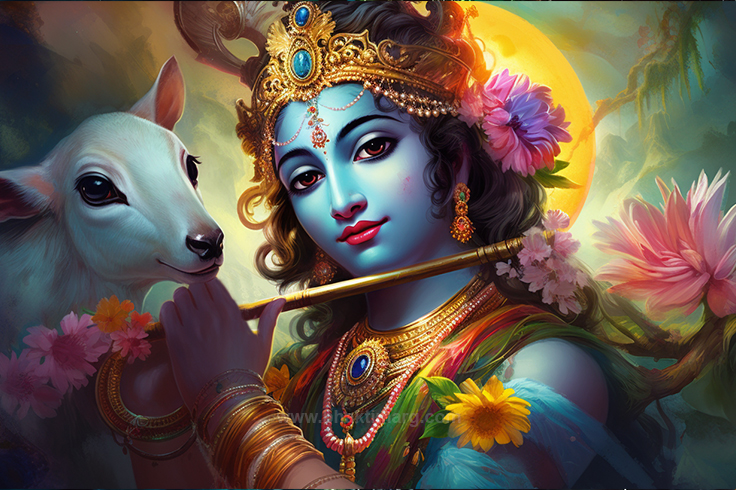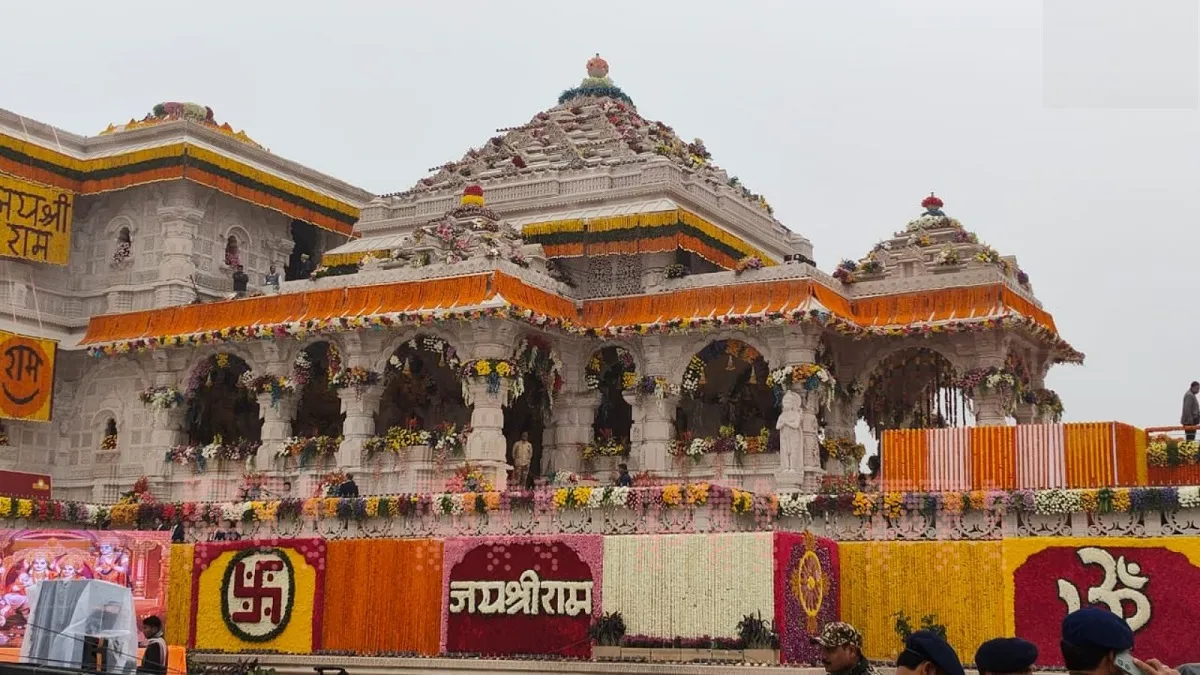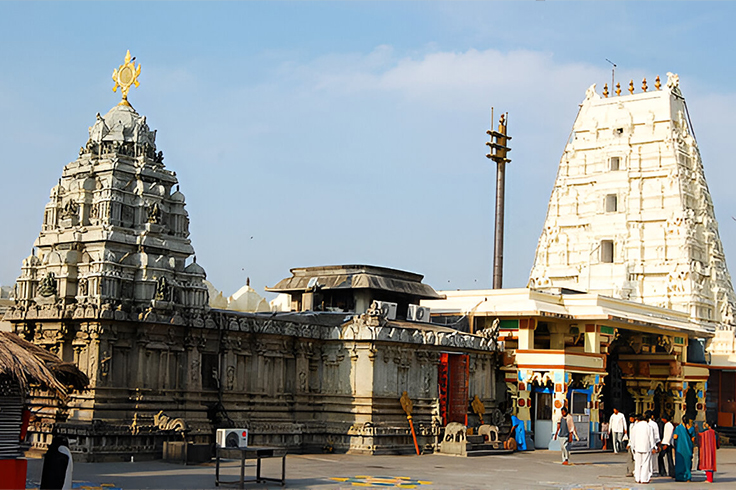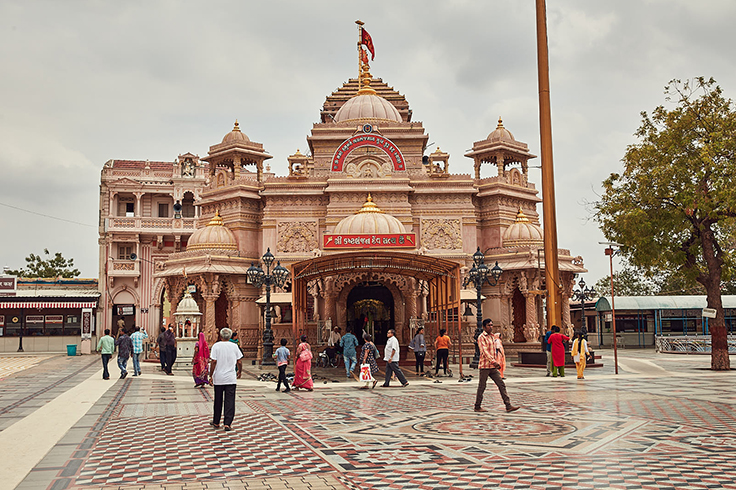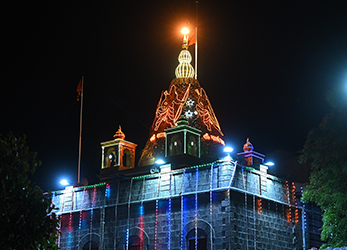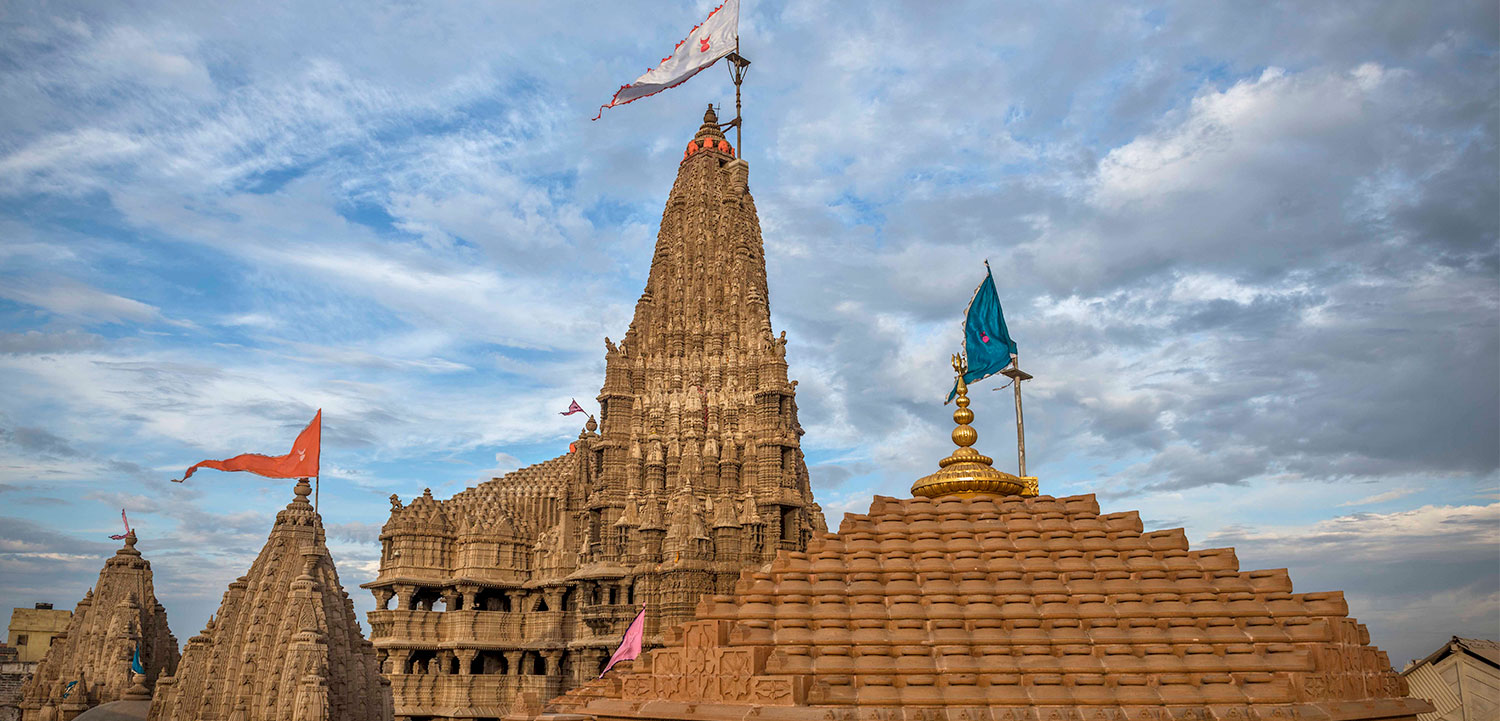The Devotee Who Became Lord Hanuman and Embracing the Spirit of Strength, Devotion, and Courage
Lord Shree Hanuman, affectionately known as Bajrang Bali, is a revered figure in Hindu mythology, celebrated for his unwavering devotion, extraordinary strength, and exemplary qualities of bravery and loyalty. Known as one of the greatest devotees of all time, Lord Hanuman is a symbol of selfless devotion, due to the intimate connection and bond he shares with Lord Ram. He is a pivotal character in the epic of Ramayana, who “breathes of Ram” and has gone to extreme lengths to captivate the hearts of people with his heroic deeds, for centuries, inspiring countless artists, writers, and performers.
His legendary story revolves around his heroic role in rescuing Sita from the clutches of the demon king Ravana. Lord Hanuman has become a symbol of devotion and courage due to his unwavering strength, quick wit, simplicity, and selfless service towards all. “Hanuman Chalisa” the devotional hymn dedicated to Lord Hanuman and penned by Goswami Tulsidas in the 16th century, remains a cherished prayer, recited by millions worldwide.
In today’s world, Hanuman’s significance has passed the religious boundaries, as He has emerged as a sign of strength and courage for his worshippers, with his devotional mantra contained in Hanuman Chalisa being chanted by his devotees praying for his protection, during challenging times. Every year his millions of devotees celebrate Hanuman Jayanti with grand festivities, including special prayers, hymns, and charitable activities, often keeping fast and organizing Hanuman Chalisa chanting, to invoke Lord Hanuman’s blessings and protection.
Life Story of Hanuman

It is one of the mythological stories that finds its deep roots in ancient Hindu scriptures, particularly in the epic Ramayana. Here’s an overview of Hanuman’s life:
1. Birth:
Lord Hanuman, was born to Anjana, a celestial nymph, and Kesari, the King of the Monkeys, as a result of a boon granted by Lord Shiva to Anjana.
2. Childhood:
As a child, Hanuman Ji was quite mischievous, as he once flew towards the sun, mistaking it for a ripe mango, which angered the King of Gods, Indra. When Lord Indra struck Hanuman with a thunderbolt, He retaliated by causing chaos in India’s heaven, for which he was blessed with divine powers.
3. Devotion to Lord Rama:
Lord Hanuman is known for his exclusive, constant, and selfless devotion towards Lord Ram, after meeting whom his whole life took a new turn. Rama, an avatar of Lord Vishnu, his divinity was immediately recognized by Hanuman when he saw him in the forest during his exile to become his greatest disciple.
4. Service to Rama:
Hanuman’s heroic role in Ramayana, where he helps rescue Rama’s wife, Sita, who was abducted by the demon king Ravana, has become a symbol of loyalty and devotion. Hanuman leaps across the ocean to reach Lanka and find Sita to convey Rama’s message of love and reassurance to her.
5. Bravery and Devotion:
Ramayana is filled with Lord Hanuman’s display of wit, bravery, intelligence, and courage, whenever Rama needed him. He led the Vanara Sena, the army of monkeys to the battle against Ravana’s forces, contributing significantly to Ravana’s defeat.
6. Blessings and Boons:
Once Rama arrived victorious, he granted various boons to Lord Hanuman for his loyalty and contribution, giving him a shape-shifting ability and making him Chiranjeevi.
7. Legacy:
Mighty Hanuman Ji continues to be the source of strength and courage for many around the world, who celebrate him during Hanuman Jayanti. His devotees organize resonant recitation of Hanuman Chalisa in temples and homes, during religious gatherings, to foster the connection and reverence towards God.
The Spiritual Significance of Hanuman: Balance Between Strength and Devotion

Lord Hanuman represents a balance between Shakti and Bhakti, a combination crucial for achieving spiritual awakening.
Importance of Devotion
Hanuman’s unflinching devotion towards Bhagwan Ram and Mother Sita as well as Lakshman, sets a benchmark for devotees. Every of his actions, dictates, how his conscious and unconscious mind is attached to Ram. His act of tearing his heart apart to reveal the image of Bhagwan Ram and Mother Sita inside demonstrates that genuine devotion transcends mere rituals. Chanting Hanuman Jayanti Mantras or engaging in prayers of the Lord, fosters humility, inner strength, and clarity of purpose.
Balance of Strength and Devotion
There are countless leelas performed by Lord Hanuman to show his love and devotion for Bhagwan Ram, which transcends time and space. Hanuman’s character shows that true power comes from blending physical strength with spiritual dedication, encouraging people to develop both qualities. His incredible feats like lifting mountains, and defeating powerful enemies, while staying committed to a greater goal of love and loyalty to Rama, foster the balance between strength and devotion, motivating his followers to face life’s challenges with grace and determination.
Hanuman’s Mission: Rescuing Sita and Defeating Ravana

Hanuman’s series of daring actions, showcasing his bravery and intelligence, in rescuing Sita from the clutches of Ravana is one of the defining elements of the Ramayana.
1. The Leap to Lanka
Once he found Mother Sita in Ravana’s palace, Lord Hanuman leaped across the ocean to reach Lanka, so that he could convey Rama’s message of assurance to Sita. This action demonstrates the interconnectedness of Rama’s mission with His.
2. Burning Lanka
He deliberately allowed himself to be captured by Ravana’s forces, creating an opportunity to cause chaos within Lanka by setting fire to its golden palaces with his burning tail. This act not only demonstrated his might and agility but also sent a clear message of defiance against oppression.
3. Returning with Information
Lord Hanuman’s return from Lanka is marked by intelligence and bravery, as he carried crucial intelligence about Ravana’s kingdom, to aid Rama’s strategy for the impending battle. His actions throughout the mission, made him an invaluable ally in this epic confrontation, making Him an emblem of loyalty and strength.
The Five Faces of Panchmukhi Hanuman

There are five faces of the Panchmukhi Hanuman idol that represents an essential deity, associated with Pancha Tattvas, which carries the Hanuman Jayanti significance for his followers.
1. Hanuman ji (East Face)
The east-facing idol of Hanuman Ji is the incarnation of Lord Shiva and embodies strength, devotion, and protection. The face that is facing towards the east direction, symbolizes Hanuman’s role as the greatest devotee of Lord Rama and as the protector of his worshippers. The direction east stands for beginnings and knowledge, and thus Hanuman, with his boundless energy, faces this direction to bring blessings and grace to his disciples.
2. Hayagriva (Upward Face)
Lord Hayagriva is an avatar of Lord Vishnu and is associated with wisdom, knowledge, and learning. Hayagriva is often represented with a horse’s head, symbolizing the importance of the preservation of knowledge and enlightenment. This idol of Hanuman Ji faces upwards, which represents his connection to higher wisdom and divine understanding. Lord Hayagriva’s presence in Panchmukhi Hanuman stands as a sign that to facilitate spiritual growth and adopt wisdom you need to overcome ignorance.
3. Garuda (West Face)
This west-facing idol, known as Garuda is the divine vehicle of Lord Vishnu, a powerful bird known for its swiftness, strength, and freedom. Garuda is the face of Vairagya, the renunciation, and Bhakti the devotion. Facing the West, this deity of Hanuman Ji symbolizes the power to break free from material bondage, as he represents speed, freedom, and the ability to transcend earthly limitations.
4. Narasimha (North Face)
Lord Narasimha is the north-facing idol and stands as the fiercest and most protective form of Lord Vishnu. Narasimha is depicted with a lion’s head and a man’s body and is the incarnation that appeared to protect his devotee Prahlada from his demon father, Hiranyakashipu. In this form, he stands for strength, protection, and the ability to destroy evil. This north-facing idol is associated with the element of water, which purifies and sustains all life. His fierceness signifies the ability to eliminate negativity and darkness to bring the dawn of light.
5. Varaha (South Face)
This south-facing wild boar incarnation of Lord Vishnu, is the one who lifted the Earth from the cosmic ocean. The Varaha face of Hanuman Ji represents the earth element, symbolizing stability, grounding, and the restoration of balance in the universe.
Lessons from Lord Hanuman for Modern Society: Resilience, Selfless Service, and Perseverance

Lord Hanuman embodies virtues that resonate deeply in today’s world, serving as a force of inspiration for his devotees, facing various challenges. Some of His lessons include:
1. Resilience
Lord Hanuman’s unflinching spirit in the face of adversity shows his bravery in teaching his worshippers the importance of bouncing back from setbacks. With a few odds in his favour, Hanuman was determined to rescue Sita, despite the threat, highlighting the necessity of cultivating inner strength during tough times.
2. Selfless Service
His selfless dedication to Lord Rama exemplifies the power of putting others before yourself and staying committed to the cause of the Guru. This highlights that, engaging in acts of kindness and service not only uplifts those around you but also fosters a special purpose and fulfillment in your life.
3. Perseverance
The way lord Hanuman chases his goals by overcoming the odds and obstacles through sheer willpower emphasizes the significance of persistence. To achieve success, you need to embrace perseverance, whether it is in the personal field or professional one.
Hanuman Jayanti 2025

The importance of Hanuman Jayanti to His devotees is immeasurable, as this festival is dedicated to honor the birth of Lord Hanuman, the beloved devotee of Lord Rama, two prominent figures of Hindu mythology. Hanuman Jayanti’s date in 2025 is 12th April, on Saturday, during the full moon day. Here are some of the traditions and rituals followed by his devotees during this day, to shower their prayers and seek blessings from the Lord himself:
1. Date:
Hanuman Jayanti is typically observed on the full moon day of Purnima in the Hindu calendar during the lunar month of Chaitra, which usually falls in March or April according to the Gregorian calendar. Some regions also celebrate Hanuman Jayanti on the 15th day of the Shukla Paksha in the Hindu month of Vaishakha.
2. Devotional Observances:
Hanuman Jayanti is marked with various religious observances held by his followers. They visit Hanuman temples to perform special Pujas and offer prayers, by chanting the hymn of Hanuman Chalisa and reading or listening to stories from the Ramayana highlighting Hanuman’s devotion and bravery.
3. Fasting and Vrat:
Most of His followers observe a full day or partial fasting on this auspicious day. By keeping these vrats on Hanuman Jayanti they show their devotion and penance towards the Lord. Some people opt for fruit-based fasts, while others refrain from consuming food and water until the Puja is over.
4. Spiritual Significance:
Hanuman Jayanti’s significance lies not just in the celebration of his birth but also in the reflection of his qualities and teachings, that his devotees learn.
5. Community Celebrations:
In addition to individual prayers and rituals, Hanuman Jayanti is celebrated with community gatherings, where bhajans are arranged along with processions, and cultural events for the devotees to take part. These celebrations stand as a sign of unity among his worshippers.
6. Offerings and Charity:
Many worshippers make offerings of flowers, fruits, sweets, milk, and oil to Lord Hanuman idols or statues. On this auspicious day, people tend to engage in charitable activities, donating food and distributing clothes to the needy or charitable organizations as a way of expressing gratitude and compassion.
7. Symbolism:
Hanuman Jayanti transcends religious boundaries, and is seen as a celebration of the destruction of evil and the triumph of goodness, through unmatched strength, courage, and might.
Overall, Hanuman Jayanti is a joyous occasion that brings together devotees to reflect on Bajrang Bali’s unwavering devotion to Lord Rama and remember that true strength lies not just in physical power but also in spiritual commitment. His devotees seek his blessings and guidance to harness their inner potential and confront challenges head-on. As you face your trials, draw upon Lord Hanuman’s face, chanting Hanuman Chalisa and taking the name of Bajrang Bali take the leap of faith against all the odds, to draw more opportunities and move towards self-improvement.




